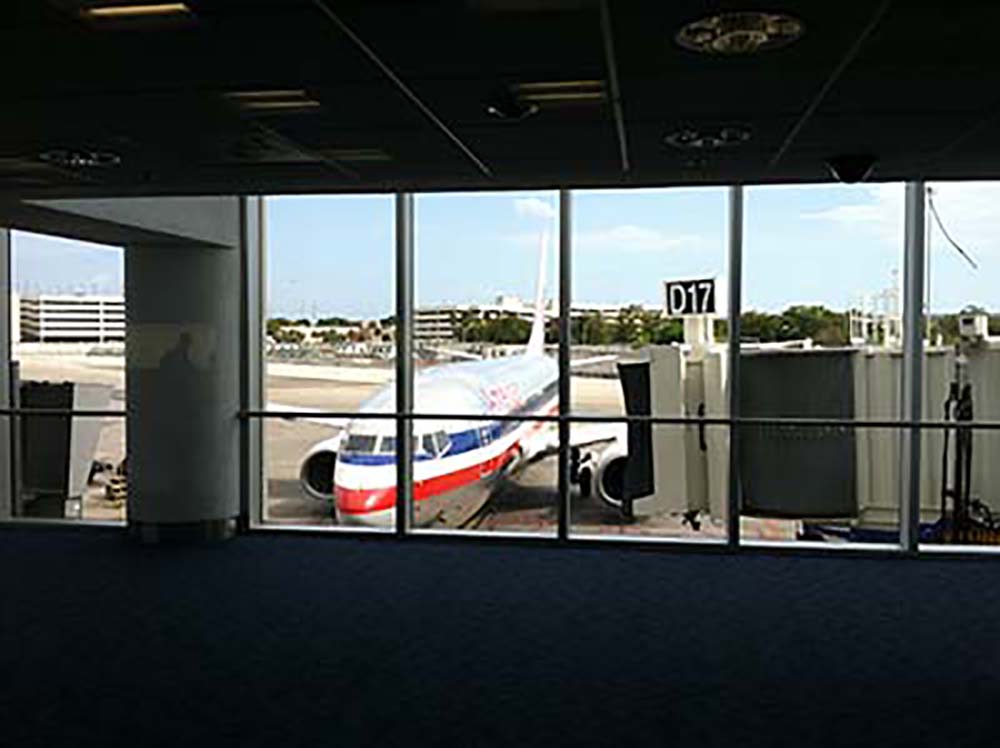Little airline jargon words mean a lot when it comes to being on time or making a connection — “out” is not “off,” and “on” is not “in.”

In my experience, sometimes phone representatives use some of these airline jargon terms interchangeably. Even websites aren’t always clear. So, when a traveler looks online or talks to an airline representative or travel agent and begins to hear airline jargon, pay attention to these four little words — out, off, on, and in.
“Out” refers to when an airline leaves the gate — doors closed, cellphones off and all that.
In theory, when a plane is “out,” devices should be in airplane mode. For those checking to see if someone’s flight has left on time, seeing or hearing “out” might be cause for relaxation.

One of the worst things about being “out” is that unless flight attendants tell passengers they can turn phones on, or people just sneak and do it anyway, there’s no way to communicate the delay. And, in-flight Wi-Fi generally doesn’t work on the ground.
“Off” refers to taking off.
The plane is now actually in the air. Generally, once a plane is “off,” it’s easier to determine the actual arrival time, barring unforeseen events. The closer “out” time is to “off” time, the more chance the plane will be on time.
“On” means wheels touching down on the tarmac.
At this point, passengers can use their cell phones (okay, some cheat a few minutes before landing). Passengers can advise friends, colleagues, and anyone picking them up that they have landed.
While “on” is also good, meaning an aircraft has reached its arrival city, it can be a very misleading airline jargon word. It doesn’t mean actual arrival, especially if there are gate issues. While I don’t have statistics, my experience, and that of clients, indicates that landing means it still may be 20-30 minutes before the plane actually pulls up “at the gate.”
There are several problems here besides the annoyance of sitting on a plane longer than necessary. It makes pickups difficult — this summer, I waited almost an hour in an airport hotel parking lot for my son while he reported the pilot’s ever-increasing frustration in their gate quest. But, it’s also quite possible to miss a connection despite technically being at the airport an hour in advance. This happened to several people on my flight during a connection through Denver because, according to airline jargon, “on” is not “in.”
“In” means the plane has arrived at the gate.
That’s a good thing. Now, there are still those moments when the door gets stuck, but — to end on a positive note — I won’t mention that.

READ ALSO:
Airline passengers do the strangest things
You need to learn reasonable airline etiquette
Janice Hough is a California-based travel agent a travel blogger and a part-time comedy writer. A frequent flier herself, she’s been doing battle with airlines, hotels, and other travel companies for over three decades. Besides writing for Travelers United, Janice has a humor blog at Leftcoastsportsbabe.com (Warning, the political and sports humor therein does not represent the views of anyone but herself.)



